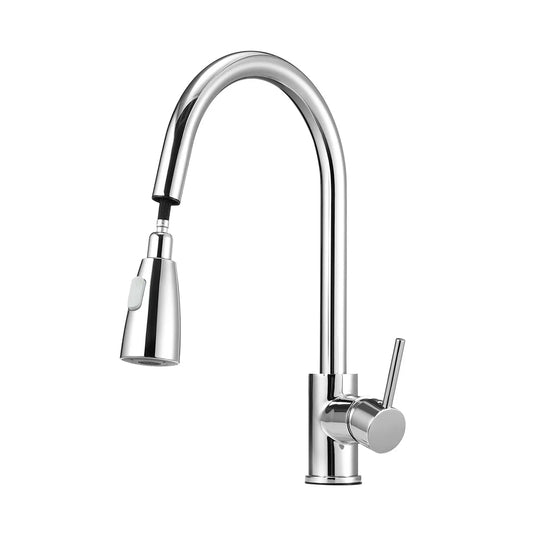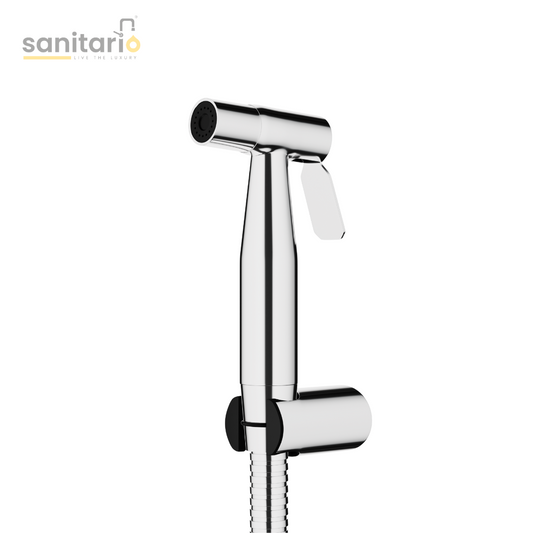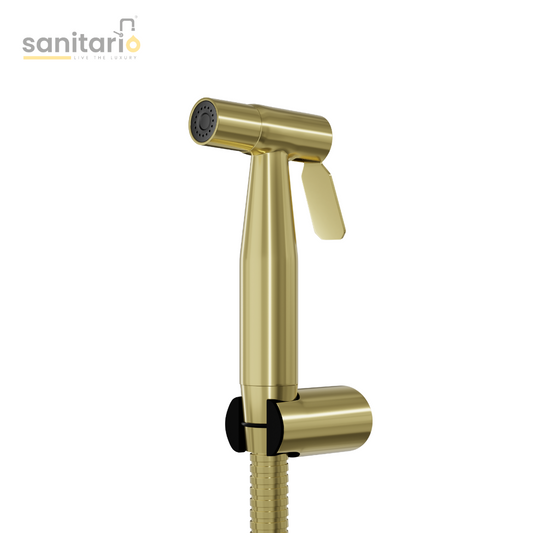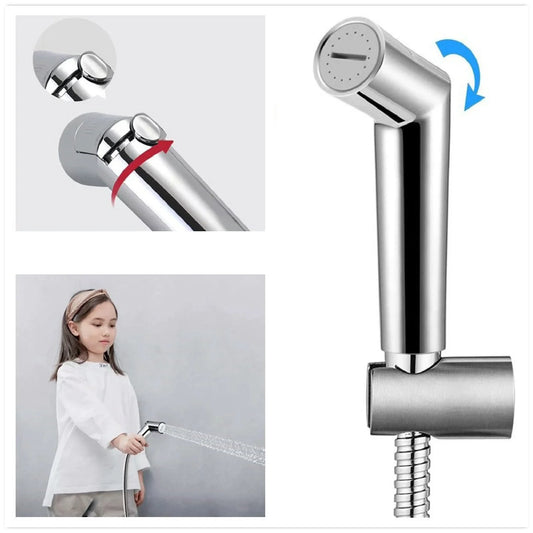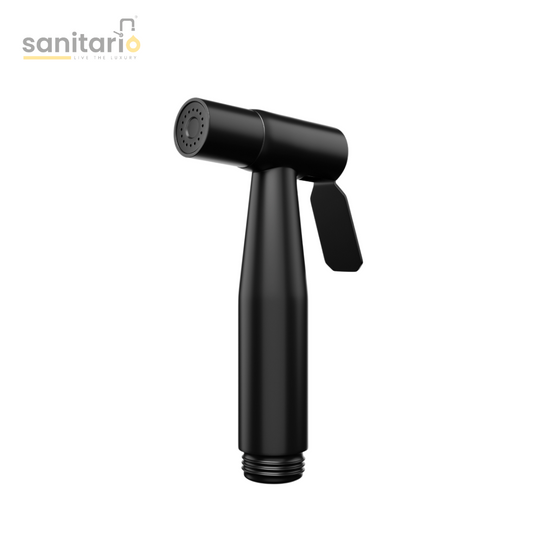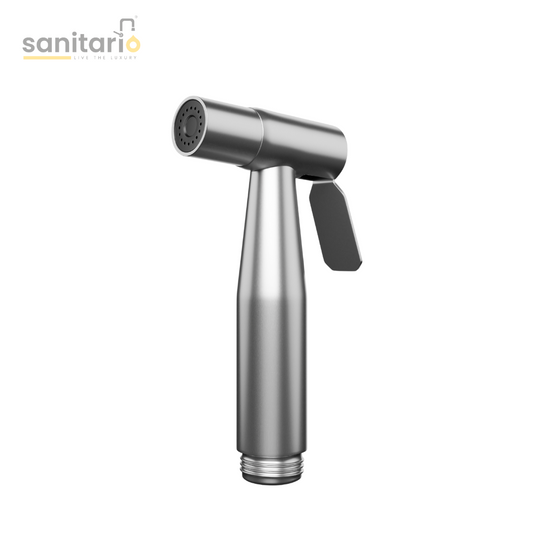Maintaining and Cleaning Your Faucets: Tips for Longevity

Kitchen faucets are essential fixtures in our homes, serving both functional and aesthetic purposes. To ensure their longevity and optimal performance, regular maintenance and cleaning are crucial. In this guide, we delve into effective tips and techniques for maintaining and cleaning your faucets, covering various types and materials to help you preserve their functionality and enhance the overall appearance of your kitchen and bathroom.
1. Routine Inspection: Identifying Early Signs
Start your faucet maintenance routine with a thorough inspection. Look for early signs of wear, leaks, or mineral deposits. Check for any loose handles, dripping spouts, or changes in water pressure. Identifying these issues early allows for prompt repairs, preventing minor problems from escalating into major repairs. A routine inspection also provides an opportunity to assess the overall condition of your faucets and address any concerns before they impact performance.
2. Regular Cleaning to Prevent Buildup
Mineral deposits, soap scum, and hard water stains can accumulate on faucet surfaces over time, affecting both the appearance and functionality. Regular cleaning with mild soap and water helps prevent buildup and maintains the shine of your faucets. For stubborn stains, consider using a mixture of vinegar and baking soda or a gentle commercial cleaner. Avoid abrasive materials that may scratch the faucet's finish. Consistent cleaning not only preserves the aesthetics but also ensures that the faucet operates smoothly.
3. Handling Different Faucet Materials
Different faucet materials require specific care to maintain their appearance and functionality. Stainless steel faucets benefit from regular cleaning with a mild detergent to prevent corrosion. Chrome faucets can be cleaned with a mixture of vinegar and water to maintain their shine. For brass or bronze faucets, avoid abrasive cleaners that may damage the patina. Understanding the material of your faucets allows you to tailor your cleaning routine to enhance their longevity and preserve their unique characteristics.
4. Dealing with Hard Water Deposits
Hard water deposits can create stubborn stains on faucets, affecting both their appearance and water flow. To address this issue, soak a cloth or paper towel in vinegar and wrap it around the affected areas. Allow it to sit for an hour, then scrub gently with a soft brush or an old toothbrush. The acidity of vinegar helps dissolve mineral deposits, restoring the faucet's shine. Regularly dealing with hard water deposits prevents long-term damage and maintains the efficiency of your faucets.
5. Lubricating Moving Parts
Faucets have moving parts, such as handles and spouts, that benefit from occasional lubrication. Apply a silicone-based lubricant to these moving parts to ensure smooth operation. Turn off the water supply before disassembling any components, and follow the manufacturer's guidelines for proper lubrication. This simple step prevents friction and wear, extending the life of your faucets. Regular lubrication is especially important for older faucets with traditional compression or ball valve mechanisms.
6. Addressing Leaks Promptly
A leaking faucet not only wastes water but can also lead to more significant issues if left unattended. Promptly address leaks by identifying the source and replacing any worn-out components, such as O-rings or washers. In many cases, a leaky faucet can be fixed with a straightforward repair kit available at hardware stores. Ignoring leaks may result in water damage and increased water bills. Regularly check for leaks and address them promptly to maintain the integrity of your faucets.
7. Soft Cloth and Non-Abrasive Cleaners
When cleaning your faucets, opt for a soft cloth or sponge to avoid scratching the finish. Abrasive materials can damage the surface and compromise the appearance of your faucets. Additionally, choose non-abrasive cleaners that are suitable for the specific material of your faucets. Mild dish soap or a mixture of vinegar and water is often sufficient for routine cleaning. Using gentle cleaning tools and products ensures that you effectively remove dirt and stains without causing harm to the faucet's finish.
8. Installing Water Filters for Faucet Protection
Consider installing water filters to protect your faucets from impurities and mineral deposits. Water filters reduce the concentration of minerals and contaminants, preventing them from accumulating on faucet surfaces. This not only improves the quality of your water but also reduces the frequency of cleaning and maintenance. Choose a filter that suits your water quality and replace it regularly to ensure optimal performance. Water filters contribute to the longevity of your faucets by preserving their internal components and minimising the effects of hard water.
Conclusion
Maintaining and cleaning your faucets is a proactive approach to preserving their functionality and aesthetic appeal. By incorporating routine inspections, regular cleaning, and addressing issues promptly, you ensure that your faucets serve you well for years to come. Tailoring your maintenance routine to the specific material of your faucets, lubricating moving parts, and installing water filters are additional steps that contribute to their longevity. With these tips, you not only enhance the performance of your faucets but also contribute to the overall cleanliness and functionality of your kitchen and bathroom spaces.



